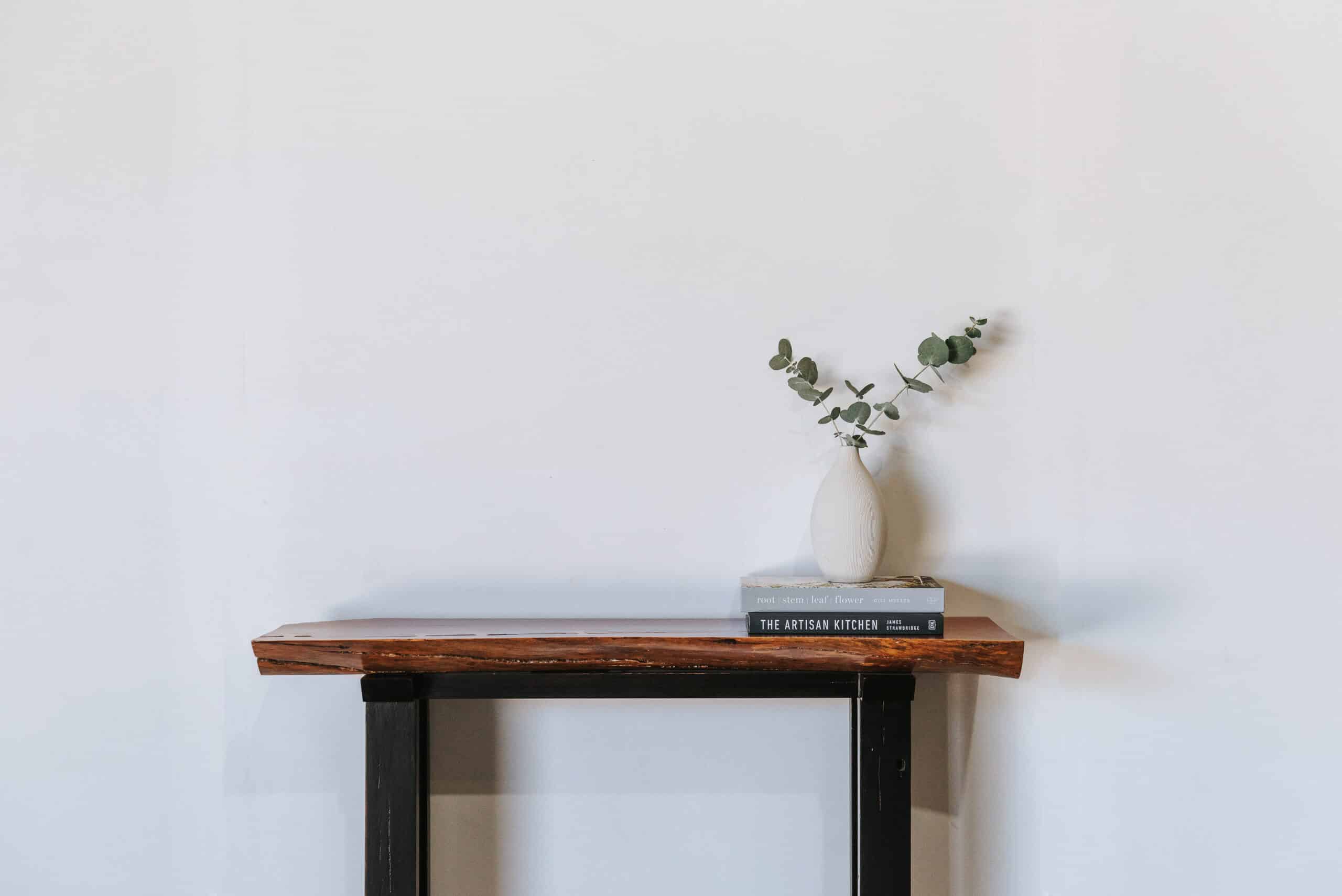Being a natural product that absorbs moisture, timber continues to move throughout its lifespan. This doesn’t stop just because the tree is cut into pieces and turned into furniture or firewood – all those cracks you see in firewood are due to wood movement. It continues to happen even in reclaimed timbers that are very old. This wood movement is gradual but can lead to problems such as cracks and gaps; if you’ve lived in a home with timber doors and frames, or sash window you are bound to have experienced them sticking one day and not the next.
Wood will swell and shrink depending on humidity and temperature due to its natural fibre-like nature. Wood will primarily move across the grain, but does move along the grain as well, and can warp/twist and cup depending on moisture. A 15 cm wide board can move nearly 1 mm across the grain…doesn’t sound like much but most tabletops are 110 cm wide so there’s as much as 1 cm of movement across the grain that has the potential to cause issues.
If you’ve ever seen a tabletop with a large crack down one side, it’s likely because it’s been securely fixed to the frame which prevents natural movement from occurring. Something has to give, either the frame or the top and on a tabletop, those lovely, joined boards making up the top are the prime spot to crack under pressure.
How do we overcome this?
As a craftsman, allowing for continued timber movement within the building process is key to the longevity of the pieces I make you. It starts with the design – I won’t make something I’m not confident will withstand this natural process. Instead, I’ll work with the client to alter the design as required to balance design desire, functionality, and longevity before commencing the build.
I get project timber to the workshop ASAP after the order’s confirmed to allow the timber to settle before beginning the build. The supplier’s storage space may be very different from mine so it’s important to allow the timber time to acclimatise to the workshop before getting underway. During the build, timber selection and grain direction also play a part in reducing potential movement issues, as does construction itself. It may be quicker to join a couple of 200 mm wide boards together for a top, but narrower timber pieces help reduce movement issues down the track. That’s why you’ll find most of my tabletops are made with timber boards under 140 mm in width.
The majority of the table tops I build are attached with ‘Z’ clips or figures ‘8’s’ to allow for this movement to occur naturally, and exterior tables are often made with gaps between the boards to prevent pooling water from remaining on the tabletop. Both sides of my tops are finished to ensure moisture ‘intake’ is the same. Whilst no finish will block moisture transfer; they slow it down a bit. If only one side of a table or piece of timber is protected with a finish, over time the piece will warp as more moisture can be absorbed via the unprotected side. The end result? A top that looks like a series of waves coming ashore, or a ‘C’ that’s fallen over.

